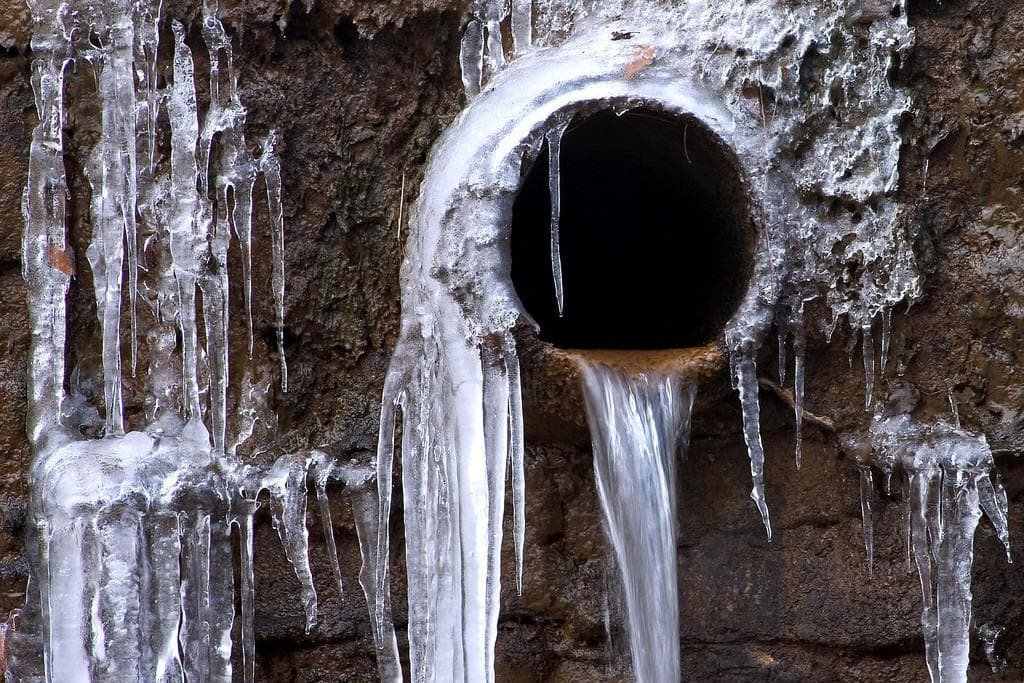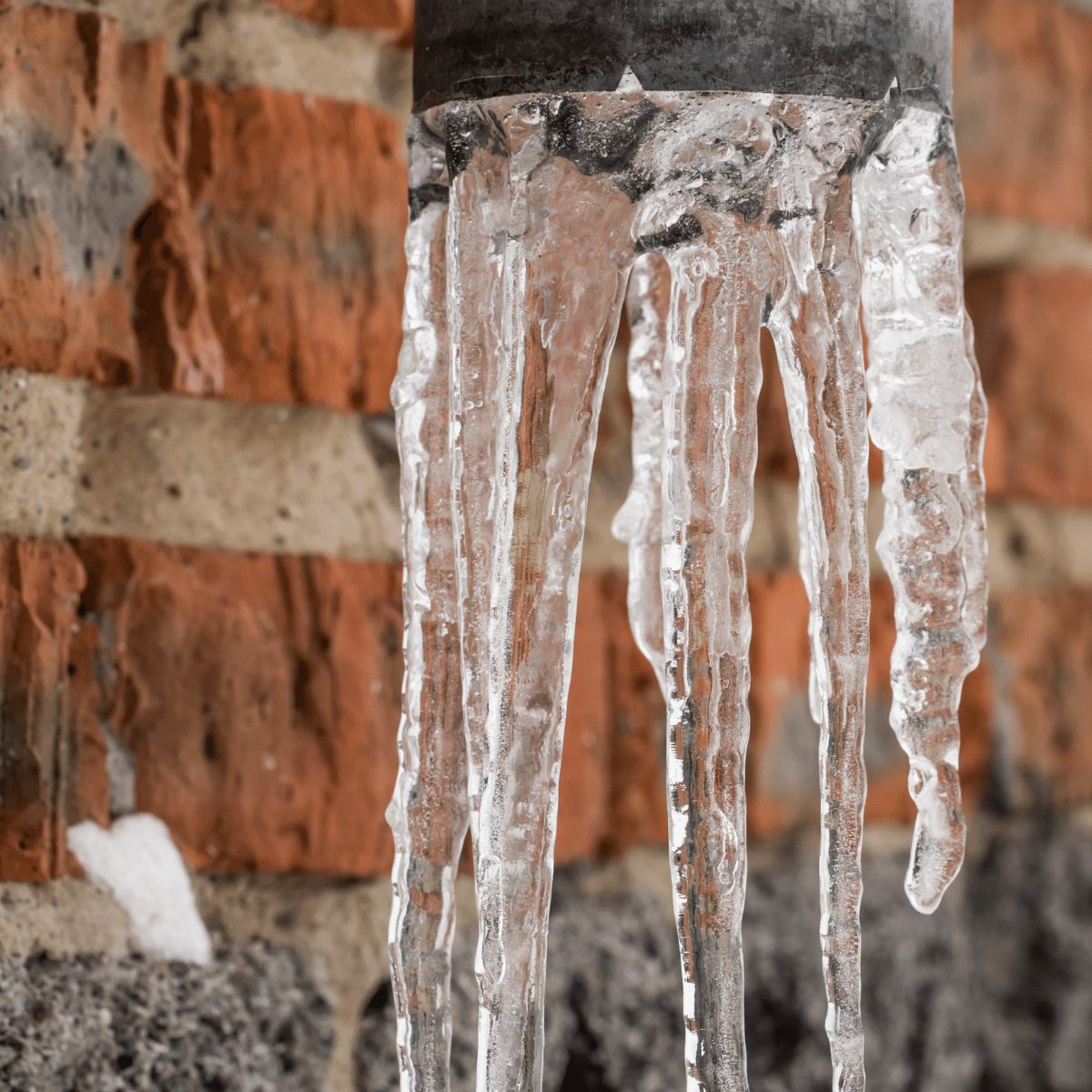Prevent Frozen Pipes in Cold Weather: Expert Strategies
Prevent Frozen Pipes in Cold Weather: Expert Strategies
Blog Article
This post in the next paragraphs in relation to How To Avoid Freezing Pipes is indeed interesting. Check it out for yourself and figure out what you think of it.

Cold weather can ruin your plumbing, particularly by freezing pipelines. Below's how to stop it from occurring and what to do if it does.
Intro
As temperatures decrease, the danger of frozen pipelines increases, potentially bring about costly repair work and water damage. Comprehending exactly how to prevent icy pipes is vital for homeowners in cold environments.
Understanding Frozen Pipes
What triggers pipes to ice up?
Pipes ice up when exposed to temperatures below 32 ° F (0 ° C) for prolonged durations. As water inside the pipelines ices up, it broadens, taxing the pipe walls and possibly creating them to break.
Risks and problems
Icy pipelines can lead to water disruptions, home damage, and expensive repair services. Burst pipes can flooding homes and trigger substantial architectural damage.
Signs of Frozen Piping
Identifying frozen pipes early can prevent them from breaking.
Exactly how to recognize frozen pipelines
Look for lowered water circulation from faucets, uncommon smells or sounds from pipes, and visible frost on revealed pipes.
Prevention Tips
Insulating at risk pipelines
Wrap pipelines in insulation sleeves or utilize warm tape to protect them from freezing temperatures. Focus on pipelines in unheated or external locations of the home.
Heating methods
Maintain indoor spaces adequately warmed, particularly locations with pipes. Open up closet doors to allow cozy air to distribute around pipelines under sinks.
Protecting Exterior Plumbing
Garden pipes and exterior faucets
Detach and drain yard pipes before winter. Install frost-proof faucets or cover outdoor faucets with shielded caps.
What to Do If Your Pipelines Freeze
Immediate actions to take
If you believe icy pipes, keep faucets available to relieve stress as the ice melts. Utilize a hairdryer or towels taken in hot water to thaw pipes gradually.
Long-Term Solutions
Architectural adjustments
Think about rerouting pipelines far from outside wall surfaces or unheated locations. Include added insulation to attic rooms, cellars, and crawl spaces.
Upgrading insulation
Purchase premium insulation for pipelines, attic rooms, and wall surfaces. Correct insulation aids preserve constant temperature levels and lowers the danger of icy pipes.
Conclusion
Stopping frozen pipes needs proactive actions and fast actions. By comprehending the causes, indications, and preventive measures, property owners can safeguard their pipes during cold weather.
6 Proven Ways to Prevent Frozen Pipes and Protect Your Home
Disconnect and Drain Garden Hoses
Before winter arrives, start by disconnecting your garden hoses and draining any remaining water. Close the shut-off valves that supply outdoor hose bibs and leave the outdoor faucet open to allow any residual water to drain. For extra protection, consider using faucet covers throughout the colder months. It’s also important to drain water from any sprinkler supply lines following the manufacturer’s directions.
Insulate Exposed Pipes
Insulating your pipes is an effective way to prevent freezing. Pipe insulation is readily available at home improvement stores and is relatively inexpensive. Pay close attention to pipes in unheated areas such as the attic, basement, crawl spaces, or garage. Apply foam insulation generously to create a buffer against the cold. You can also wrap your pipes in heat tape or thermostat-controlled heat cables for added warmth.
Seal Air Leaks
Inspect your home for any cracks or openings that could let in cold air. Seal any holes around the piping in interior or exterior walls, as well as the sill plates where your home rests on its foundation. Additionally, make sure to keep your garage door closed unless you’re entering or exiting. Leaving it open creates a significant air leak that can lead to frozen pipes.
Allow Warm Air Circulation
During cold snaps, it’s essential to allow warm air to circulate evenly throughout your home. Leave interior doors ajar to promote better airflow. Open kitchen and bathroom cabinets to help distribute heat consistently around the rooms. If you have small children or pets, be sure to remove any household chemicals or potentially harmful cleaners from open cabinets for safety.
Let Faucets Drip
A small trickle of water can make a big difference in preventing ice formation inside your pipes. When temperatures drop significantly, start a drip of water from all faucets served by exposed pipes. This continuous flow helps prevent the water from freezing. Additionally, running a few faucets slightly can relieve pressure inside the pipes, reducing the chances of a rupture if the water inside does freeze.
https://choateshvac.com/6-proven-ways-to-prevent-frozen-pipes-and-protect-your-home/

I was made aware of that write-up on Helpful Tips to Prevent Frozen Pipes this Winter through a good friend on our other blog. So long as you enjoyed reading our article plz don't forget to share it. We love your readership.
Click Here Report this page